Have you ever stopped and thought about some of the strange things animals do? From pets to wild creatures, the animal kingdom is full of peculiar behaviors that can leave us wondering. While scientists and researchers can explain some of these actions, others remain mysterious and intriguing.
1. The Dancing Frogs With A Twist
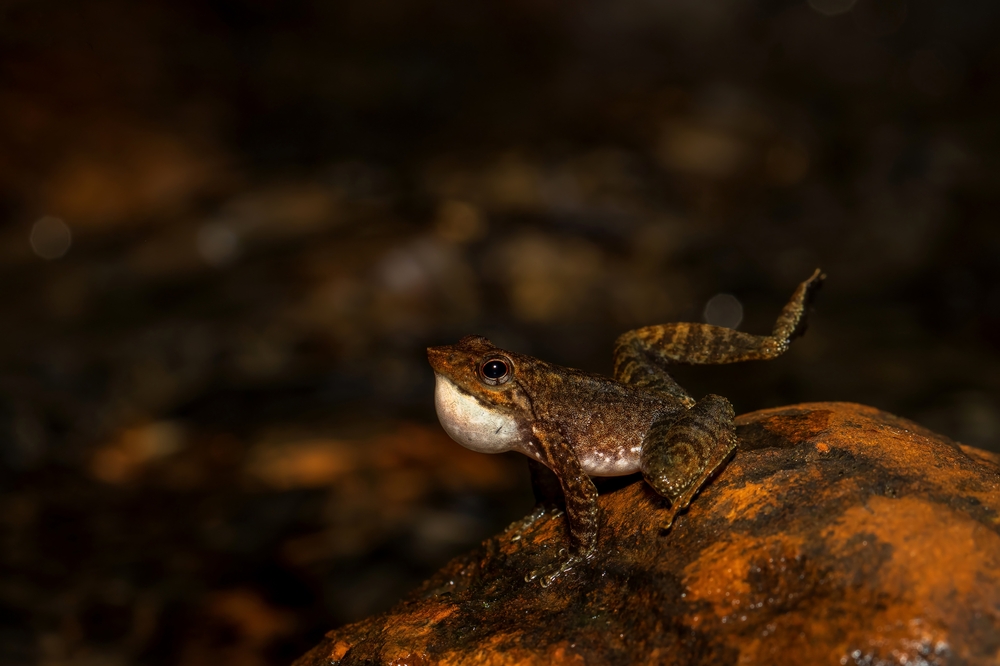
The dancing frog, also known as the torrent or tropical frog, is a unique frog genus that belongs to the amphibian class, according to World Atlas. The purpose of their unusual behavior is unclear, although some scientists believe it could be a form of communication. The movement might help these frogs signal to potential mates or warn off rivals in their noisy environments, like fast-flowing streams where calls are difficult to hear.
Fascinatingly, each frog species has its unique “dance move,” which adds another layer of complexity to the behavior. What’s even more intriguing is that these dances don’t always appear to follow a specific pattern, making it difficult to predict. Is it a show of emotion, a form of art, or merely nature’s way of saying, “Look at me!”?
2. The Mystery Of The Magnetic Cows
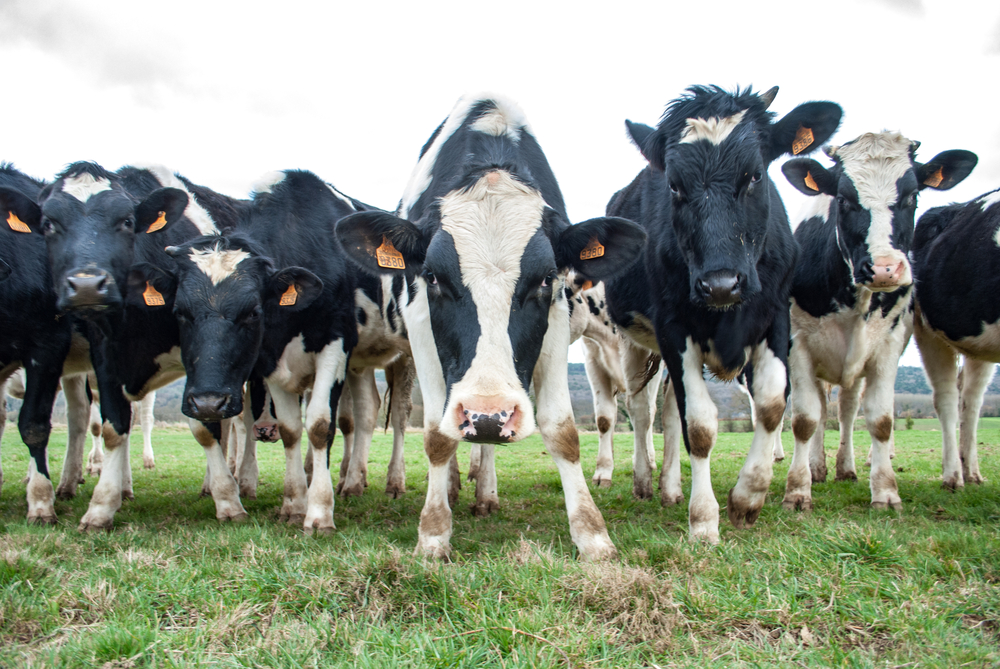
Did you know some cows align themselves with the Earth’s magnetic field? This strange behavior was first observed through satellite images showing herds of cows consistently facing north or south, according to Nature.com. No one really knows why they do this, but it’s an established fact that they, along with deer, tend to align their bodies in a north-south direction while grazing or resting.
This discovery has left researchers puzzled, as it’s not clear what benefit this behavior might provide. Some speculate that it could be related to navigation, but this doesn’t fully explain why alignment is consistent regardless of the environment. Perhaps cows have an internal compass guiding them, or maybe they’re just in tune with the Earth’s magnetic vibes.
3. The Octopus Houdini Acts
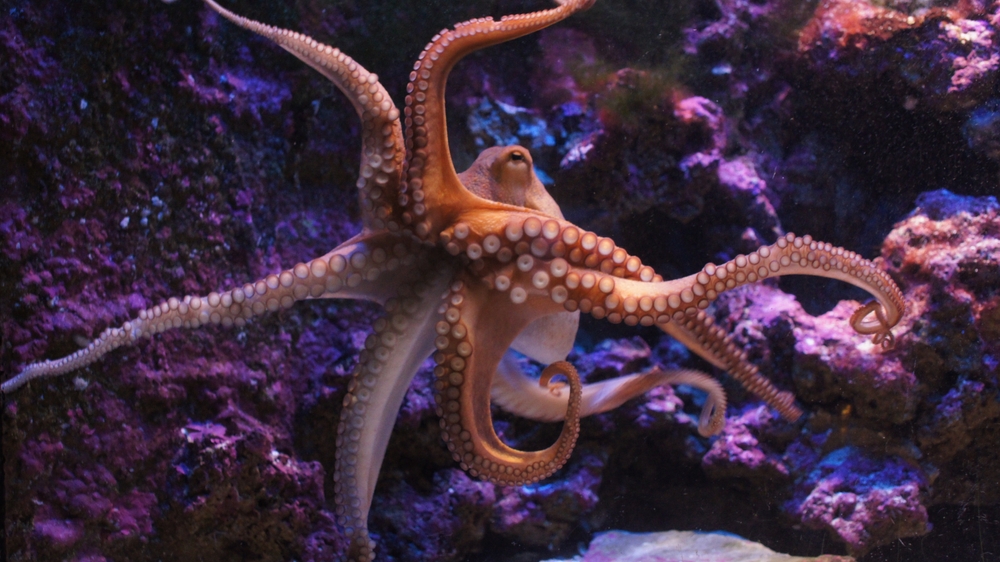
Octopuses are known for their incredible intelligence, but their escape artist abilities take things to a whole new level. These creatures can squeeze through tiny openings, unscrew jar lids, and even find their way out of intricate mazes, according to National Geographic. What’s even more astonishing is their knack for solving puzzles that stump even some mammals.
Researchers are still trying to understand how octopuses learn and apply their skills to escape from captivity. This behavior showcases their problem-solving capabilities and adaptability, yet the exact cognitive process remains a mystery. What makes them such fantastic escape artists? If you’re intrigued by octopus antics, delve deeper into their fascinating world through. These underwater Houdinis may just be one of nature’s greatest enigmas.
4. The Strange Meerkat Sentinels
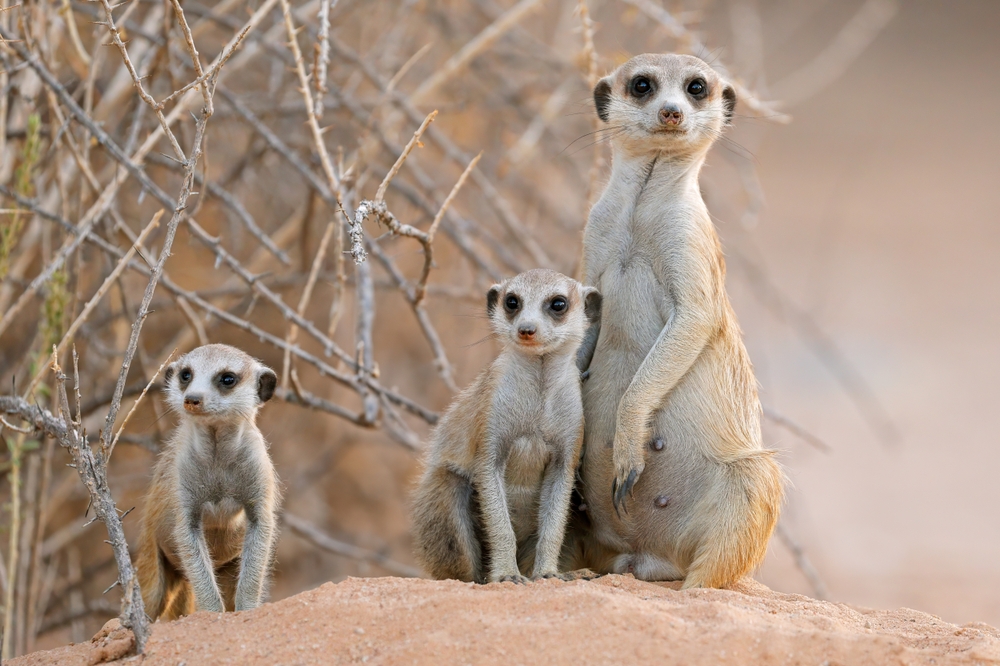
Have you ever noticed how meerkats stand guard, looking out for danger while others forage or play? Their sentinel behavior is well-documented, and it appears to be a crucial part of their social structure. But why do some meerkats take on this role more than others? What motivates them to stand watch, risking their safety for the group?
Some researchers suggest that meerkats take turns as sentinels as a form of cooperative behavior, but the exact dynamics of this system are still not fully understood. It’s possible that the decision to stand guard is influenced by individual meerkats’ experiences or social relationships within the group. Despite extensive studies, the motivations behind this behavior remain partially unexplained. Is it altruism, social obligation, or something else entirely? These furry sentinels continue to intrigue scientists and animal lovers alike.
5. The Epic Migration Of Monarch Butterflies
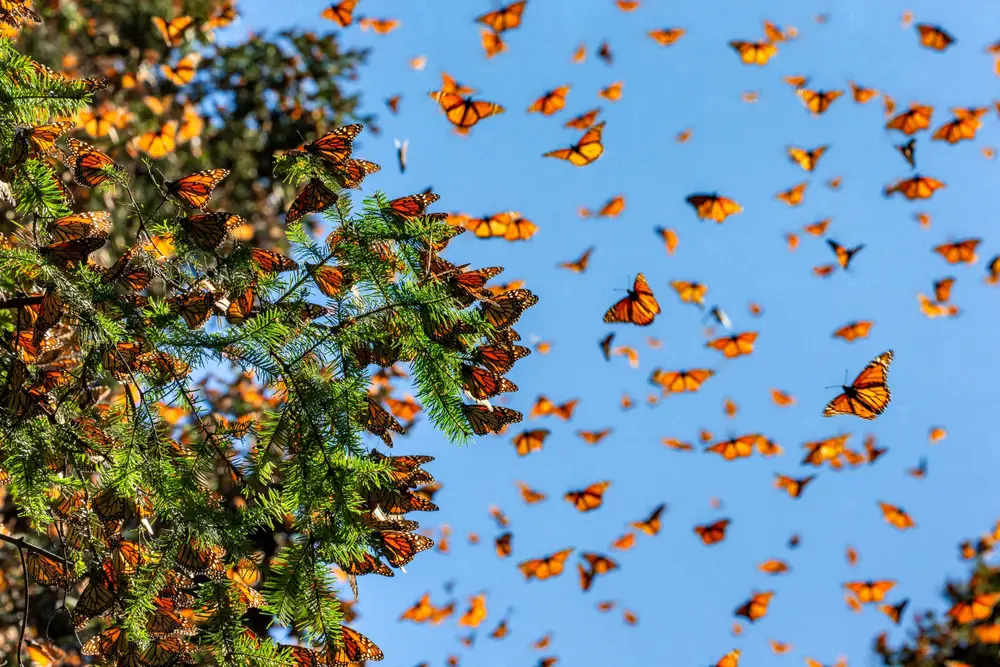
Monarch butterflies embark on an epic journey spanning thousands of miles from Canada to Mexico each year. What’s baffling is that the butterflies making the return journey have never been to their destination before. How do they navigate such vast distances without getting lost? This remarkable migration remains one of nature’s great mysteries.
Some researchers believe that monarchs use a combination of environmental cues, such as the position of the sun, and an internal biological clock to guide them. However, the specifics of their navigation system are still not fully understood. Their ability to find their way across continents without previous experience is truly baffling. Are they simply following an ancient map encoded in their genes, or is there more to this mysterious journey?
6. The Bizarre Sleep Habits Of Dolphins
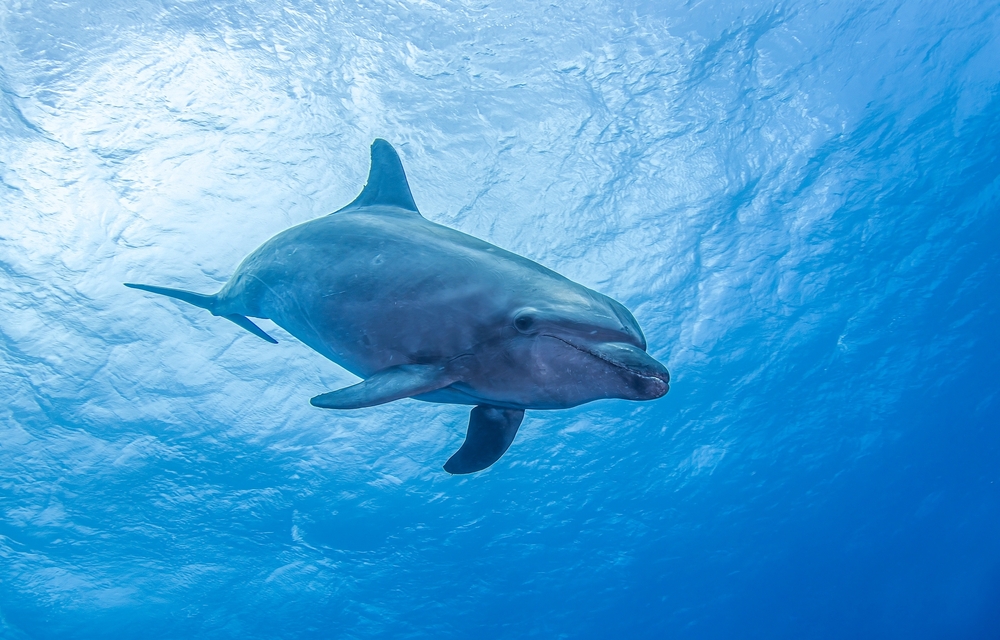
Dolphins have a unique way of sleeping that defies conventional understanding. Unlike humans, they sleep with only one half of their brain at a time, keeping the other half active. This allows them to continue swimming, surfacing for air, and remaining alert to potential threats even while resting. It’s a fascinating adaptation that ensures their survival in the aquatic environment.
Interestingly, the two halves of the dolphin’s brain take turns resting, ensuring that the animal never fully loses consciousness. This behavior raises questions about the nature of consciousness and sleep. Why do dolphins, unlike most animals, have this split-brain sleep pattern? Is it a result of living in a constantly moving, predator-filled ocean? Whatever the reason, dolphins’ sleep habits remain an extraordinary adaptation.
7. The Puzzle Of Elephant Graveyards
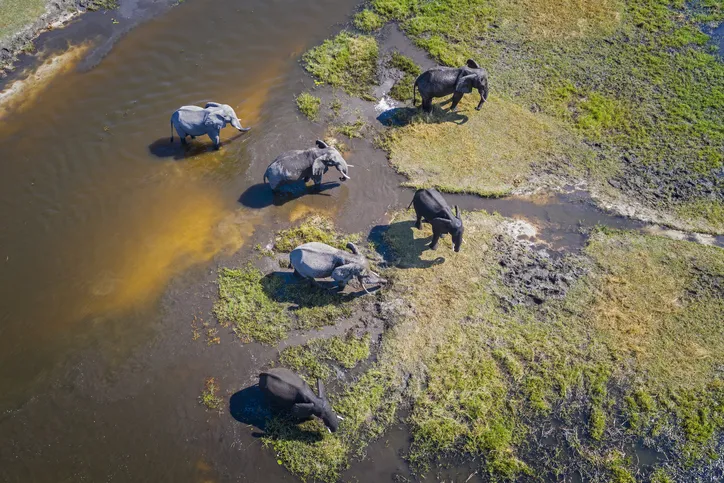
The concept of elephant graveyards has captured the imagination of many, but it is not entirely understood. Elephants are known to have an extraordinary memory and appear to show empathy towards deceased family members. Some reports suggest that elephants will return to the bones of their deceased relatives, displaying behaviors that resemble mourning. But whether this is deliberate or coincidental remains uncertain.
Researchers have observed elephants gently touching the bones of their dead, but the reason behind this behavior is still debated. Some believe it indicates a level of emotional intelligence that rivals humans, while others think it might be a form of curiosity or recognition. The phenomenon of elephant graveyards raises intriguing questions about the emotional complexity of these magnificent creatures. Are they honoring their dead, or is it simply a coincidence?
8. The Enigma Of The Greenland Shark

The Greenland shark is a slow-moving creature that inhabits the icy waters of the North Atlantic. What makes it truly bizarre is its incredible lifespan, with some individuals living for over 400 years. Despite extensive research, the reasons for their longevity and slow growth remain largely unknown. These sharks grow at a rate of about 1 cm per year, reaching maturity at around 150 years old.
Their long lifespan poses fascinating questions about aging and longevity in the animal kingdom. How have these sharks adapted to survive for centuries in such extreme conditions? Scientists are still trying to unlock the secrets hidden within the Greenland shark’s DNA. Could their mysterious biology hold the key to understanding the aging process in other species, including humans?
9. The Strange Sacrifice Of Honeybees
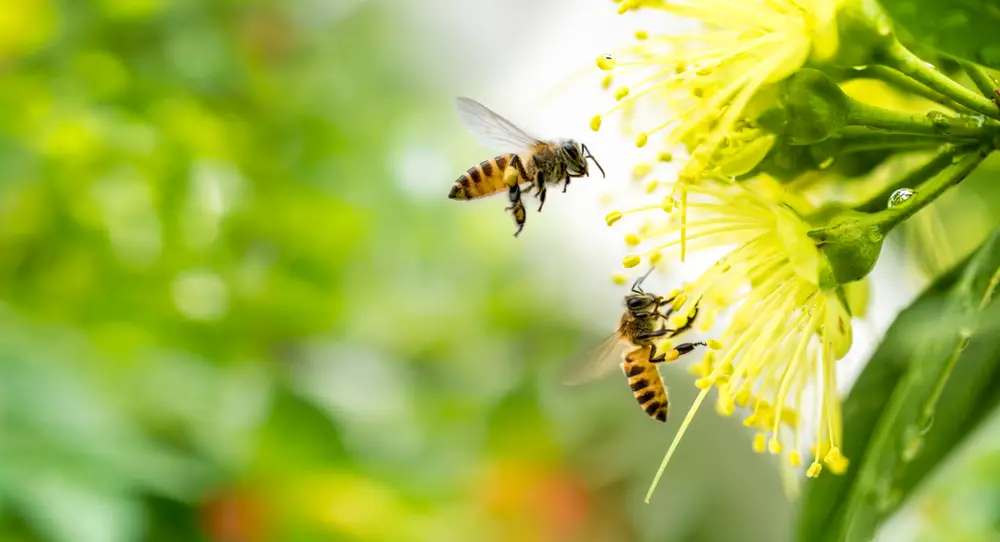
Honeybees exhibit a selfless behavior known as altruistic suicide, where they sacrifice themselves for the good of the hive. When a bee stings a threat, it releases a pheromone that signals other bees to attack. The act of stinging is fatal, as the bee loses part of its body in the process. This act of self-sacrifice is vital for the protection of the colony.
But what drives honeybees to sacrifice their own lives so willingly? The answer might lie in the complex social structure of the hive, where the survival of the collective takes precedence over the individual. This behavior challenges our understanding of self-preservation and raises questions about the nature of altruism. Is it purely instinctual, or is there more to this act of sacrifice?
10. The Peculiar Parenting Of Cuckoo Birds
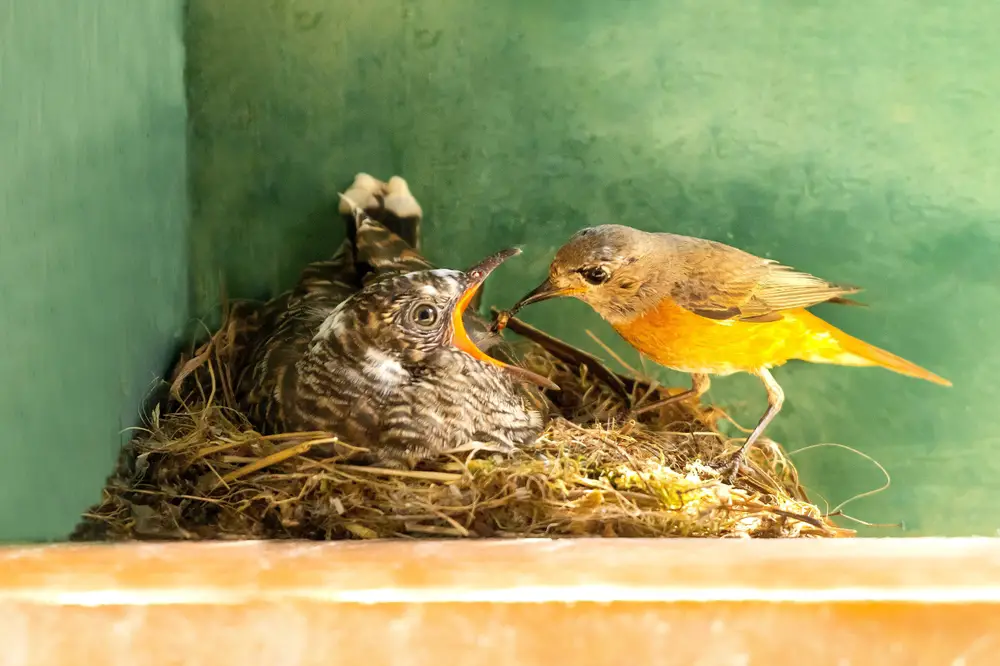
Cuckoo birds are known for their unusual reproductive strategy, laying their eggs in the nests of other bird species. This behavior, known as brood parasitism, allows cuckoos to offload the responsibilities of parenting onto unsuspecting host birds. The cuckoo chick often hatches before the host’s eggs, and it may push the other eggs out of the nest to monopolize the food supply.
This bizarre behavior raises questions about the evolution of such a deceptive reproductive strategy. How do cuckoos manage to fool their hosts so effectively? While researchers have identified some of the tactics cuckoos use, such as mimicking the appearance and smell of host eggs, the full extent of their deception remains a mystery. This fascinating behavior continues to baffle ornithologists and bird enthusiasts alike.
11. The Hypnotic Display Of Peacock Spiders
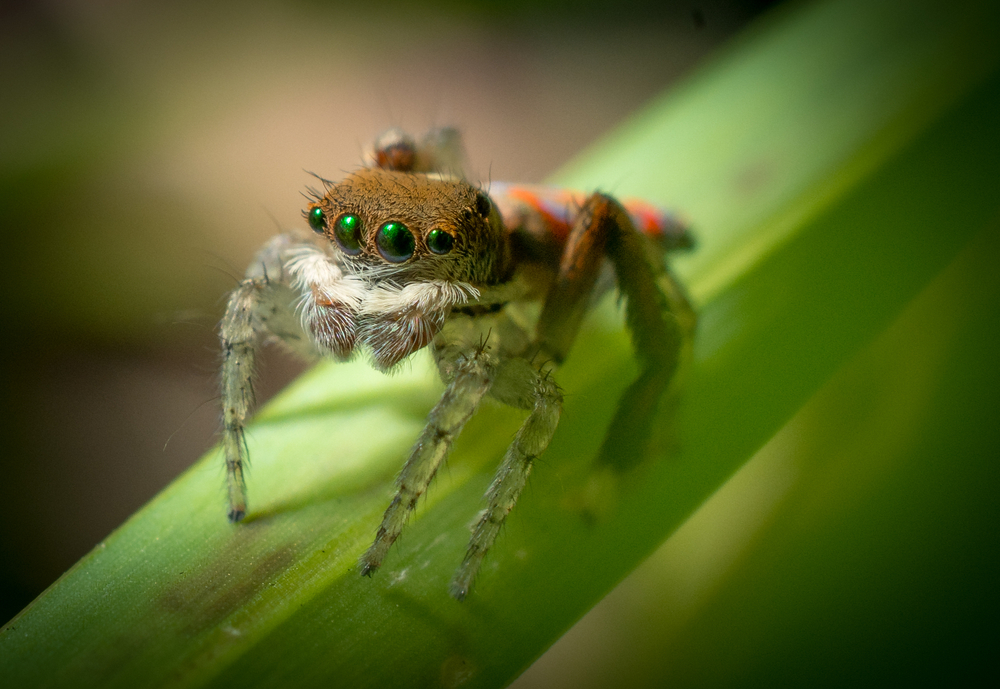
Peacock spiders have captivated observers with their vibrant colors and mesmerizing dance displays. Males perform intricate dances to attract females, showcasing their ornate patterns in a bid for attention. These tiny arachnids have a complex courtship ritual that involves synchronized leg waves, abdominal flares, and vibrant color displays. But the question remains: why such an elaborate display?
The answer isn’t as simple as attracting a mate; the complexity of the dance suggests there may be other factors at play. Researchers are still exploring whether these displays have additional purposes, such as deterring predators or strengthening social bonds. The peacock spider’s dance is a dazzling spectacle, but its full significance remains shrouded in mystery. Are they performers at heart, or is there a deeper purpose to their artful dance?
12. The Curious Case Of Zombie Ants
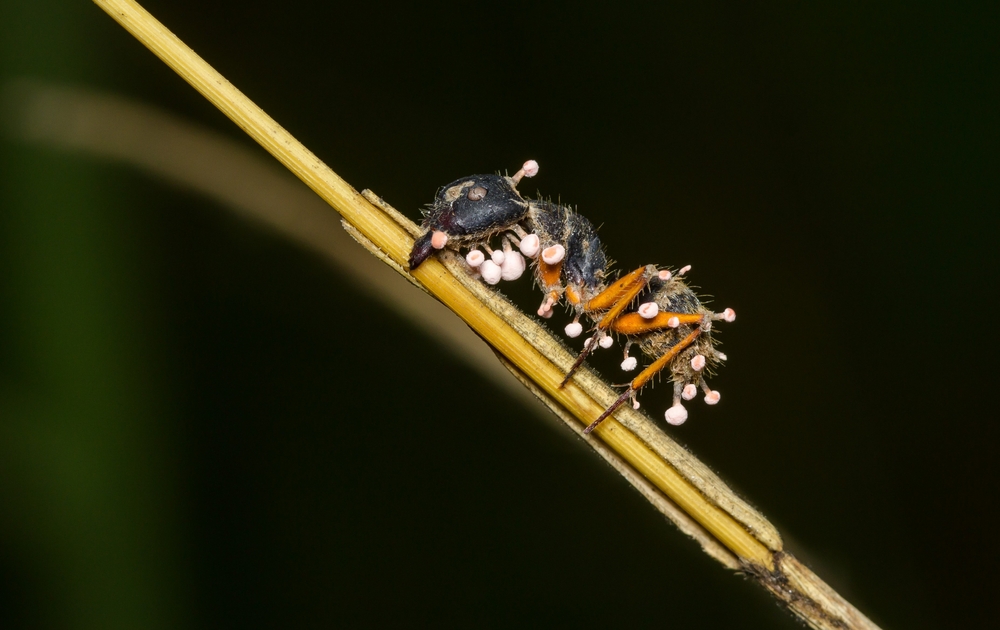
Have you heard of zombie ants? These ants are victims of a parasitic fungus that infects their brains, controlling their behavior. Once infected, the ant is compelled to climb to a high point and attach itself to a leaf or twig before dying. The fungus then grows out of the ant’s head, releasing spores to infect other ants.
This bizarre behavior raises questions about the nature of control and manipulation in the animal kingdom. How does the fungus manage to control the ant so precisely? Researchers are still investigating the mechanisms behind this mind control, but the full picture remains elusive. The zombie ant phenomenon is a chilling reminder of the complex interactions between parasites and their hosts.
13. The Flight Of The Bumblebee
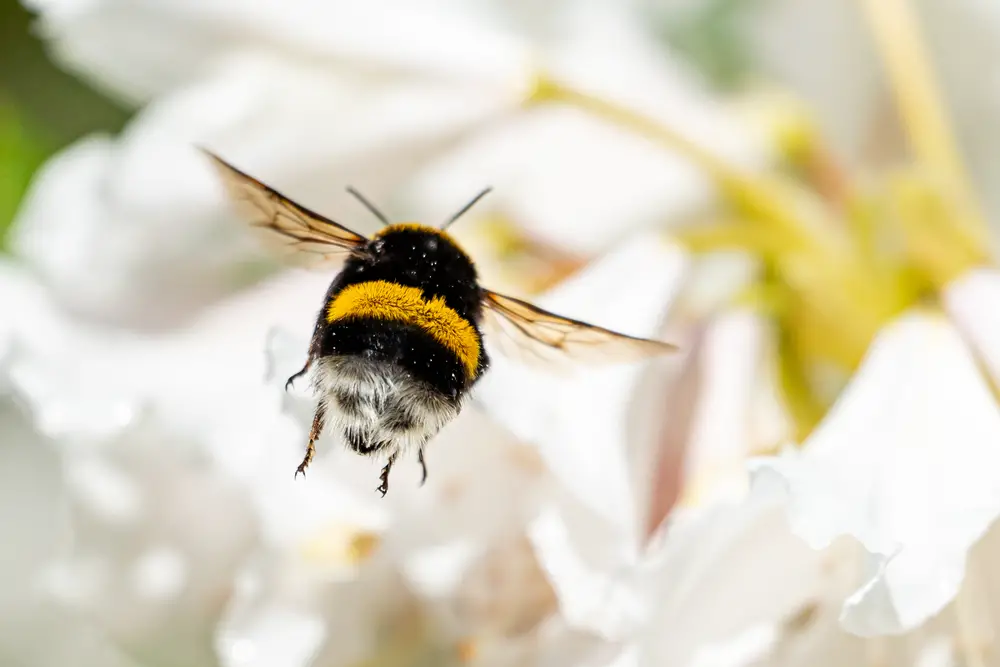
The flight of the bumblebee has long puzzled scientists, defying conventional aerodynamic principles. Despite their seemingly inefficient wings, bumblebees are highly maneuverable and capable of sustained flight. This contradiction has led to the popular myth that bumblebees should not be able to fly, based on traditional aerodynamic calculations.
Researchers have since discovered that bumblebees use unique wing movements to generate lift, but questions remain about the evolution and efficiency of their flight. Their ability to defy aerodynamic expectations challenges our understanding of flight mechanics. How did bumblebees develop such an unconventional flight method, and what secrets might their wings hold for future technological advancements? The flight of the bumblebee remains a captivating scientific enigma.
